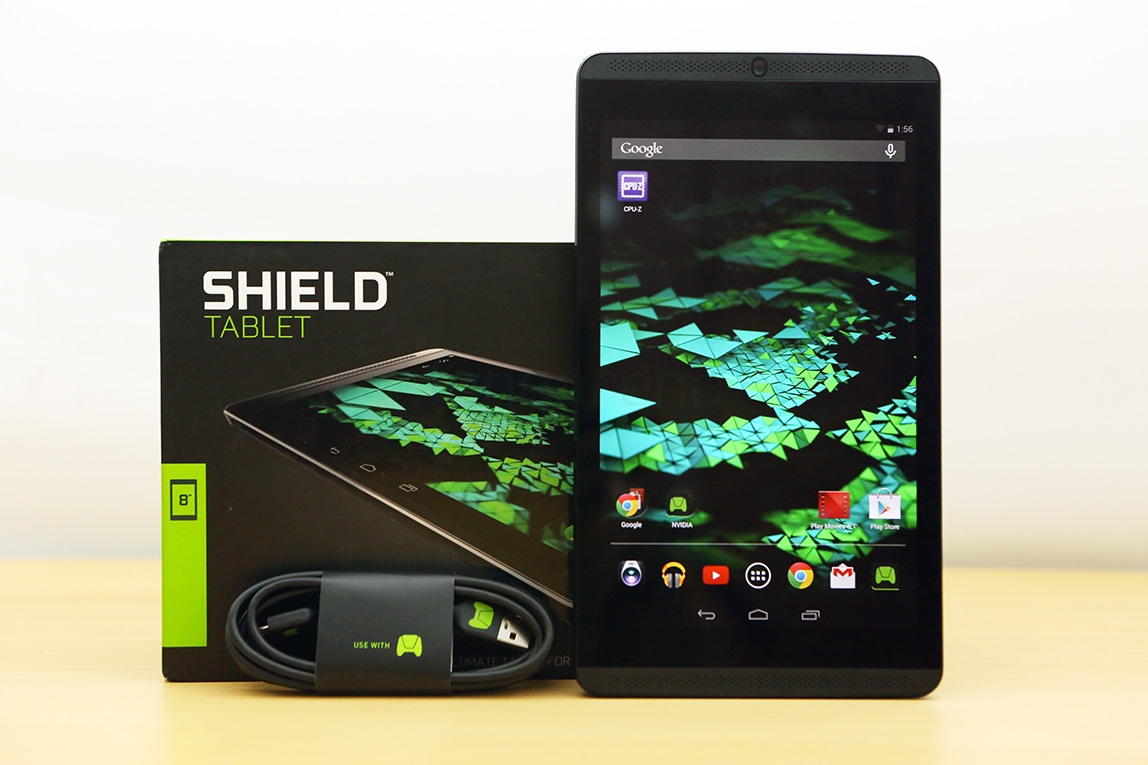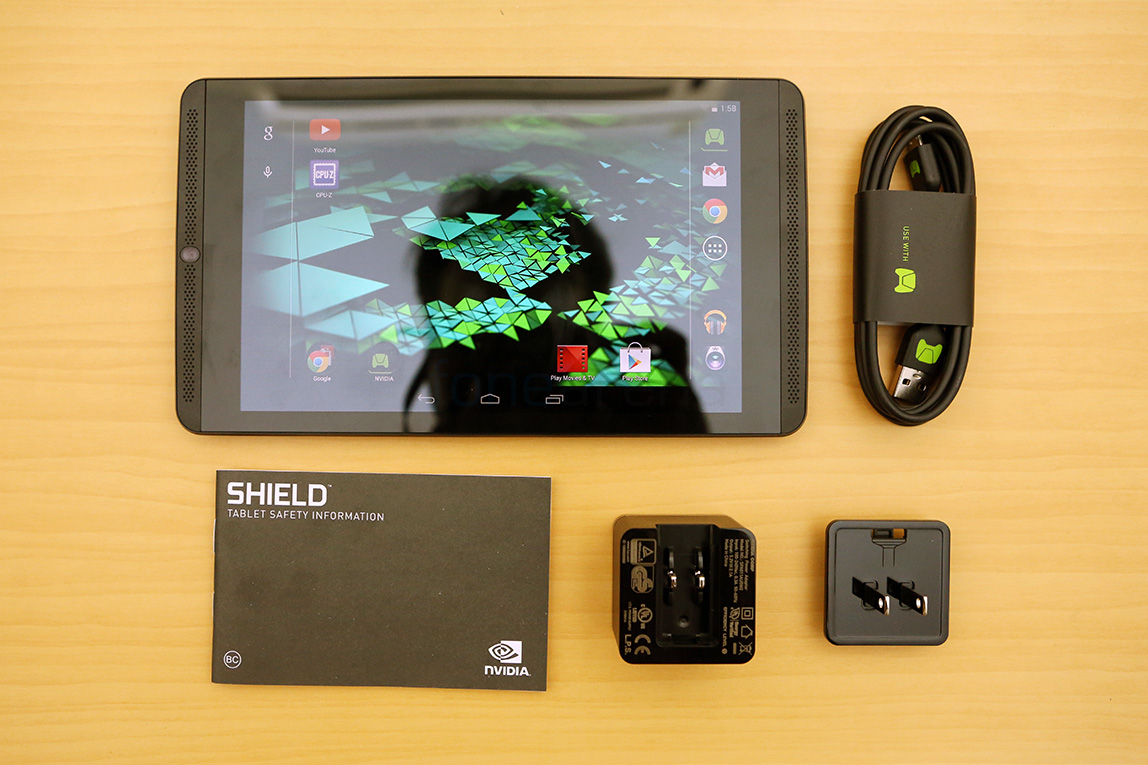The Project Shield was Nvidia’s first portable gaming project, which turned out to be really interesting in terms of idea and concept, never took off as the company had imagined. The GPU manufacturer is back with a sequel, but with a different approach this time. The Shield 2, or rather, the Nvidia Shield Tablet, is the company’s latest unbundled approach to portable gaming. Acknowledging the reality of limited controller support in Android games and the need to cater to a wider audience, the company has gone for a powerful tablet + gamepad combo. The gamepad ships separately, but even standalone, the tablet is plenty powerful and can interface with your current controller setup if needed. Touting a 192 core desktop class Kepler GPU inside, the Shield tablet surely has the potential to change mobile gaming, but before we find out if that’s true, here’s an unboxing of the retail package, with a quick rundown of the hardware and the software –
httpv://www.youtube.com/watch?v=xUupCHVGKC0
Here are the box contents laid out in a single picture –
- Nvidia Shield gaming tablet
- Safety information
- USB travel charger
- Micro USB cable for connecting gamepad and other use cases
The Shield tablet is a 8″ device with a full HD 1920×1200 resolution. Consider it like a Nexus 7 2013 with a 8″ screen, because hardware aside, the software is completely stock, without many modifications. Following the precedence set by the Tegra Note, Nvidia has, yet again, gone for stylus support on this tablet, which might be interesting for people looking at it as an option.
The back and the sides are made of a soft touch rubbery material, which again reminds us of the Nexus 7 2013, with the Shield branding being the most obvious reason. Yet, the feel seems much better and the overall build quality no lesser. We are interested to see what the Tegra K1 chipset can do, with a 2.2 GHz A15 Quad Core processor and the 192 core Kepler GPU. Nvidia claims console level performance on a tablet, with their latest chipset, but will it turn out true? With plans to sell Kepler separately to OEMs, could Nvidia attract enough marketshare for the seemingly next step in mobile gaming? We’ll find that out later, but for now, we have this device, and we will test it out in depth to let you know our thoughts later. Until then, stay tuned to our YouTube channel for more upcoming coverage on this device.




